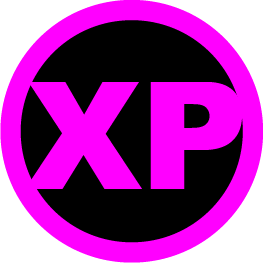Search the Community
Showing results for tags 'blender-addon'.
Found 2 results
-
Version 4.0.3
3,557 downloads
Blender addon for working with KotOR assets. Features: Import & export MDL models, including animations and walkmeshes Import & export LYT files Import & export PTH files Lightmap texture baking Area minimap rendering For installation and usage guides, see README in the GitHub repository.- 4 reviews
-
- 16
-

-

-

-
- blender-addon
- modelling
-
(and 1 more)
Tagged with:
-
View File KotorBlender for Blender 3.6 and 4.2 Blender addon for working with KotOR assets. Features: Import & export MDL models, including animations and walkmeshes Import & export LYT files Import & export PTH files Lightmap texture baking Area minimap rendering For installation and usage guides, see README in the GitHub repository. Submitter seedhartha Submitted 03/18/2021 Category Modding Tools
- 121 replies
-
- 1
-



